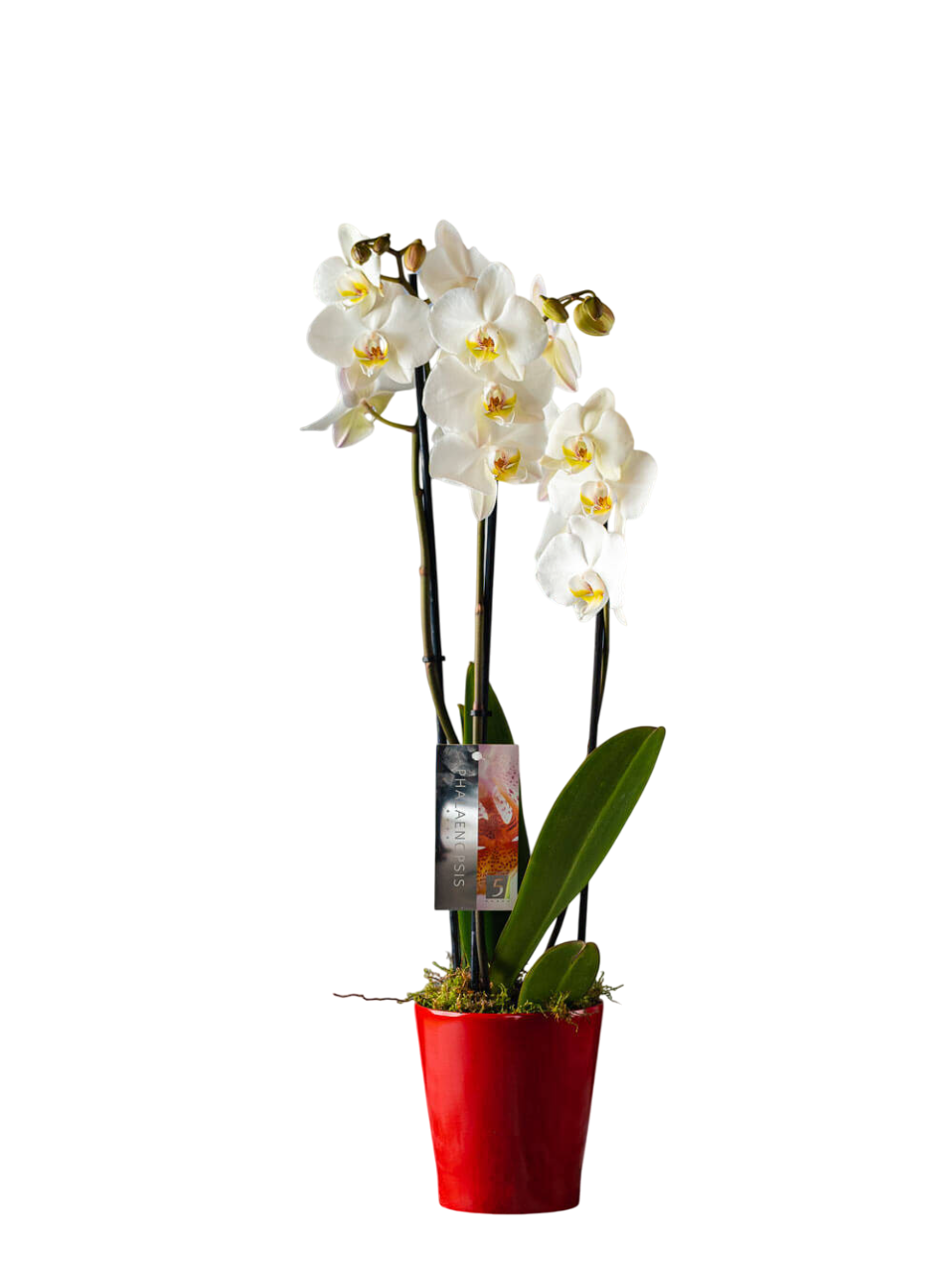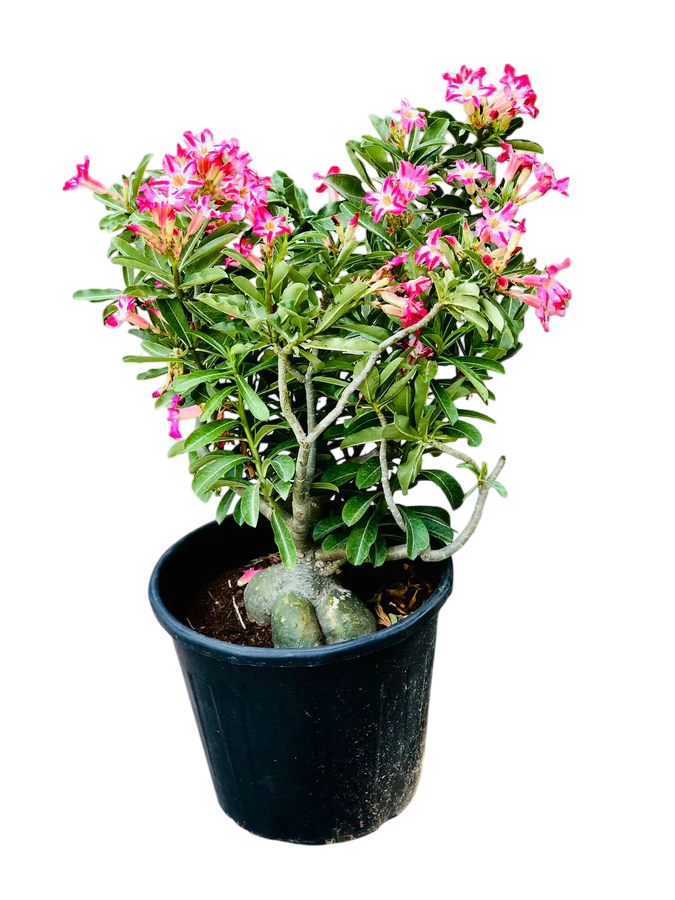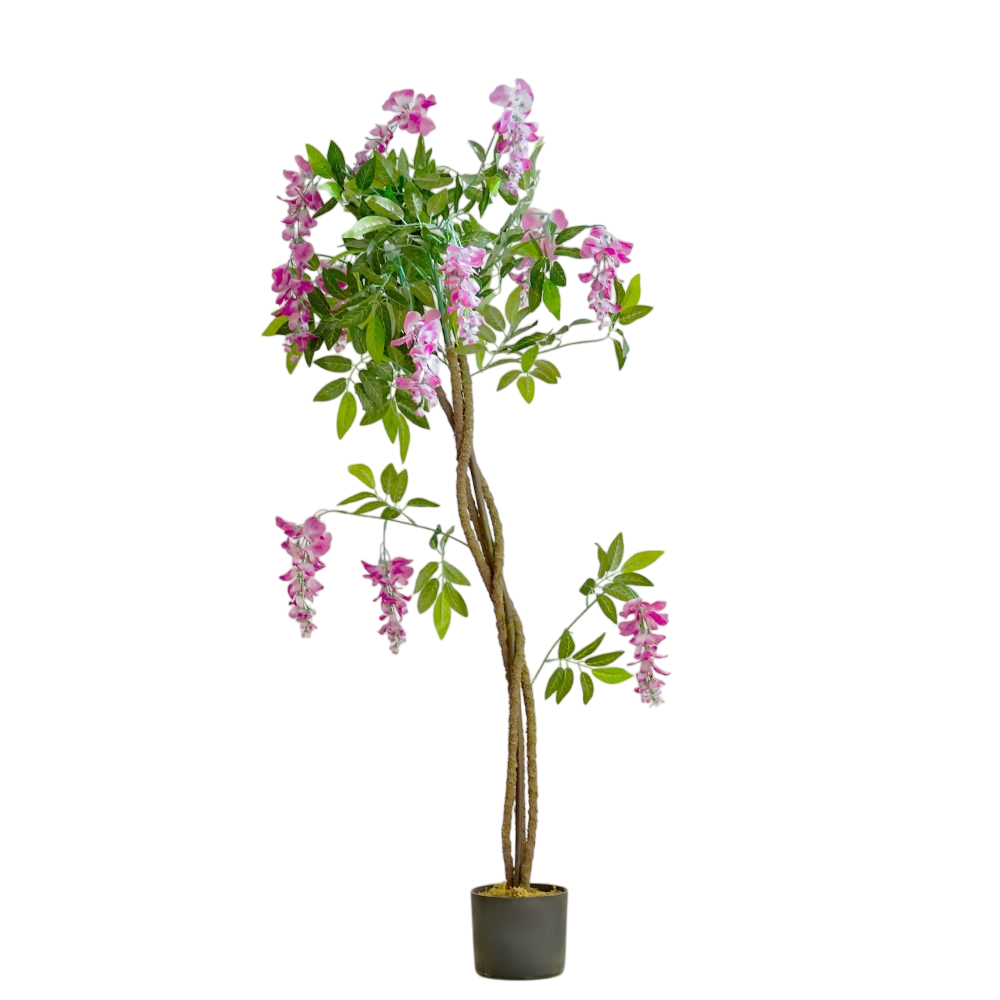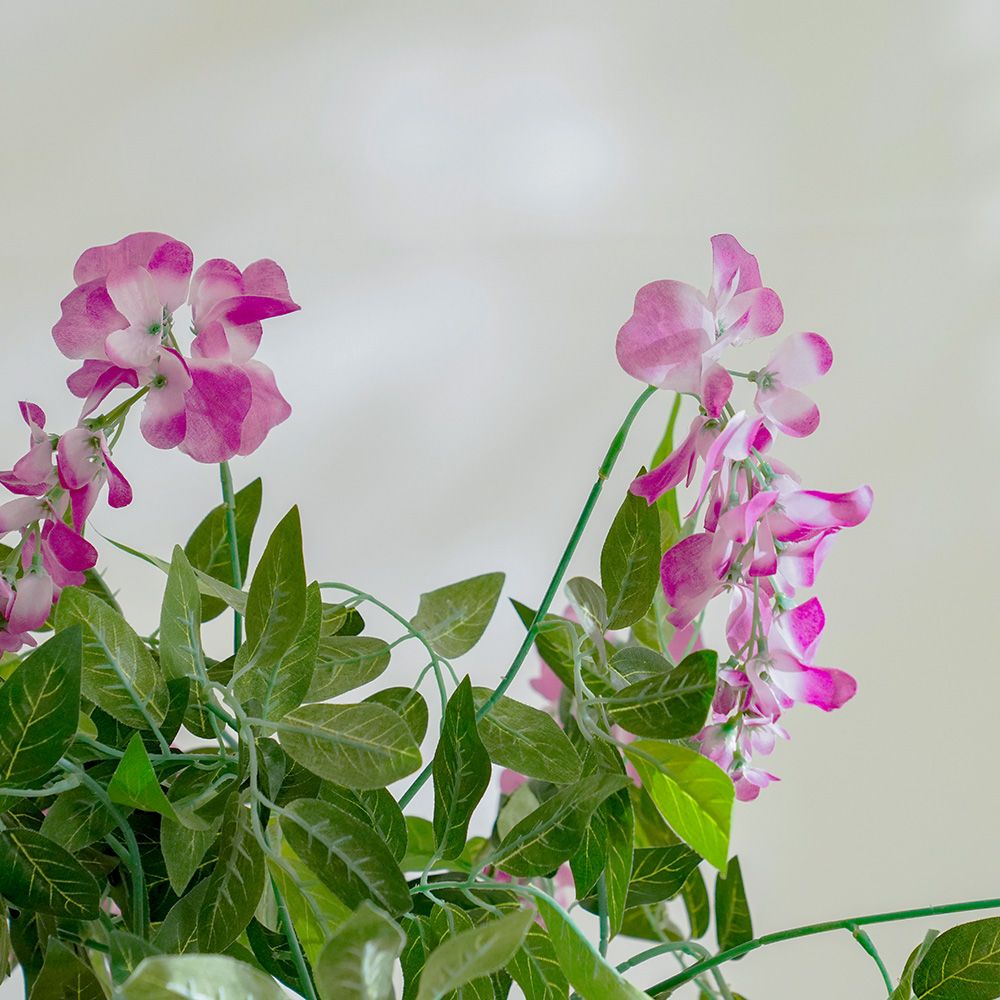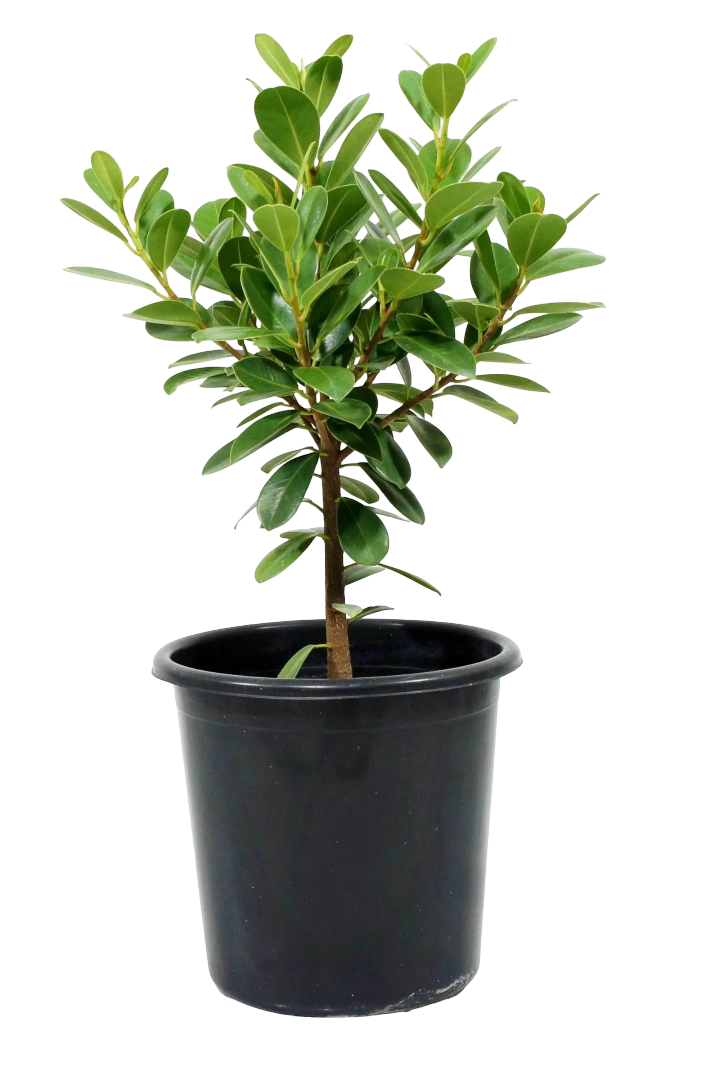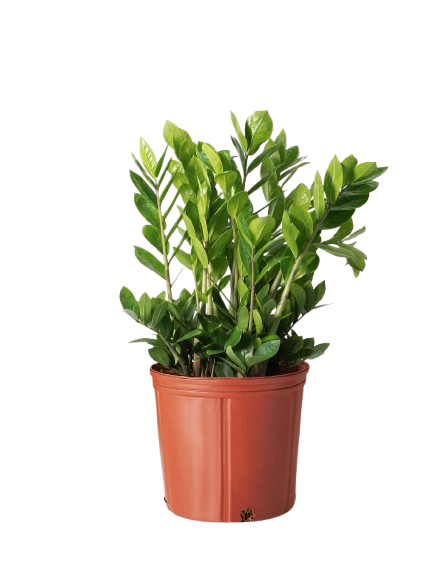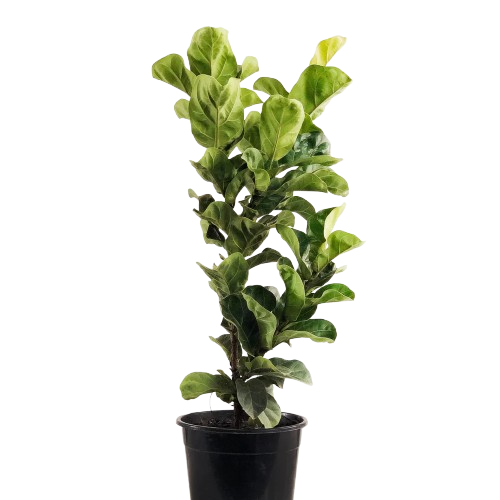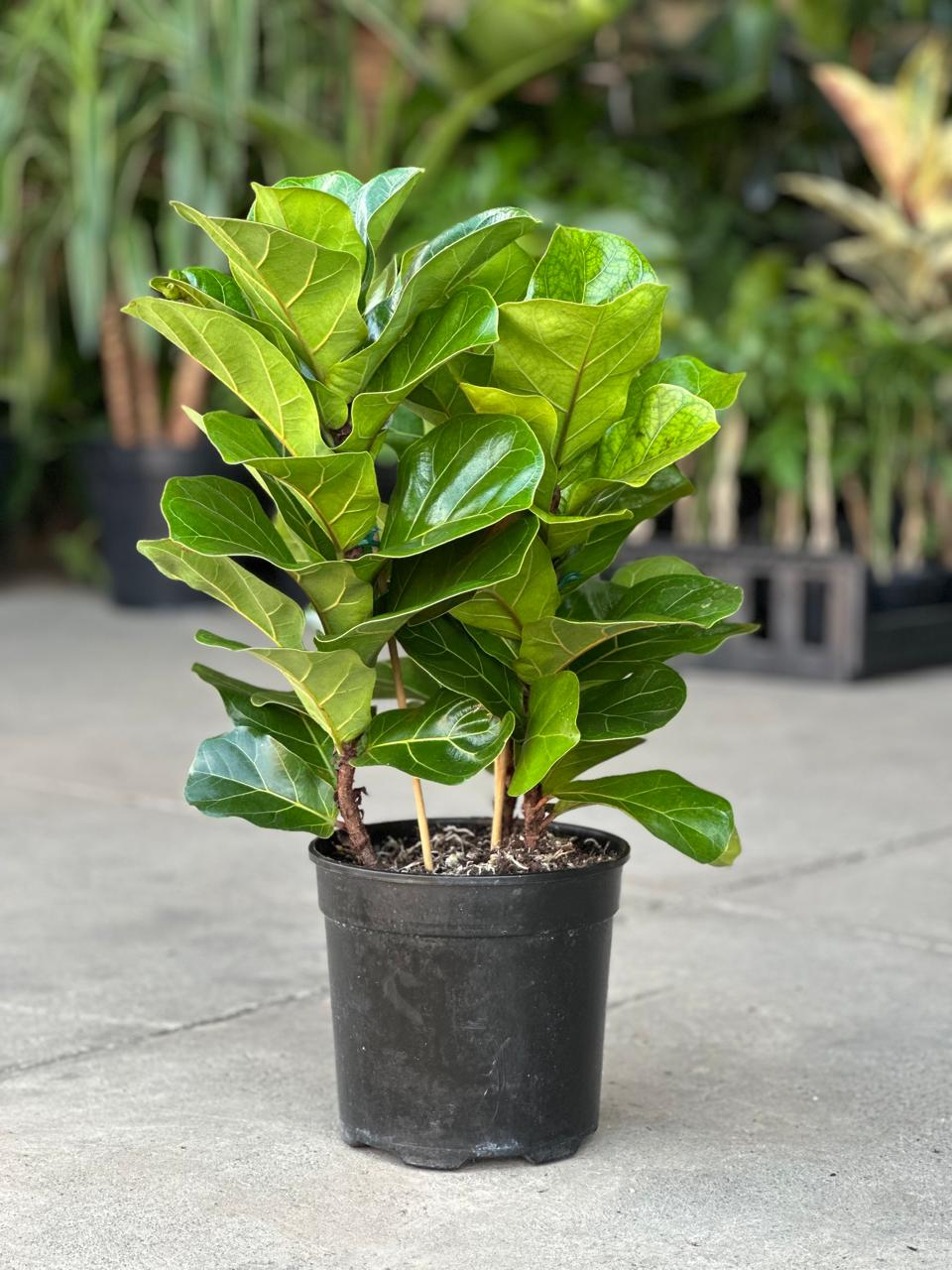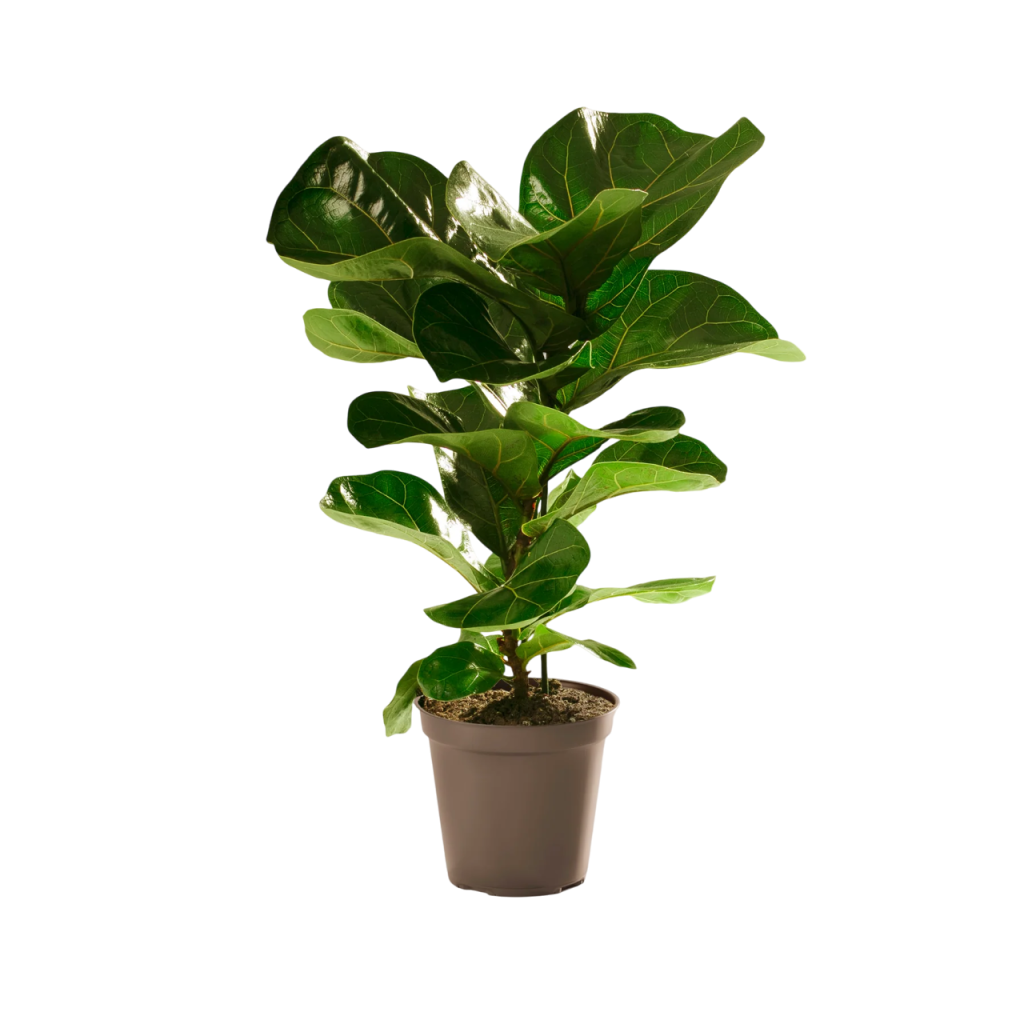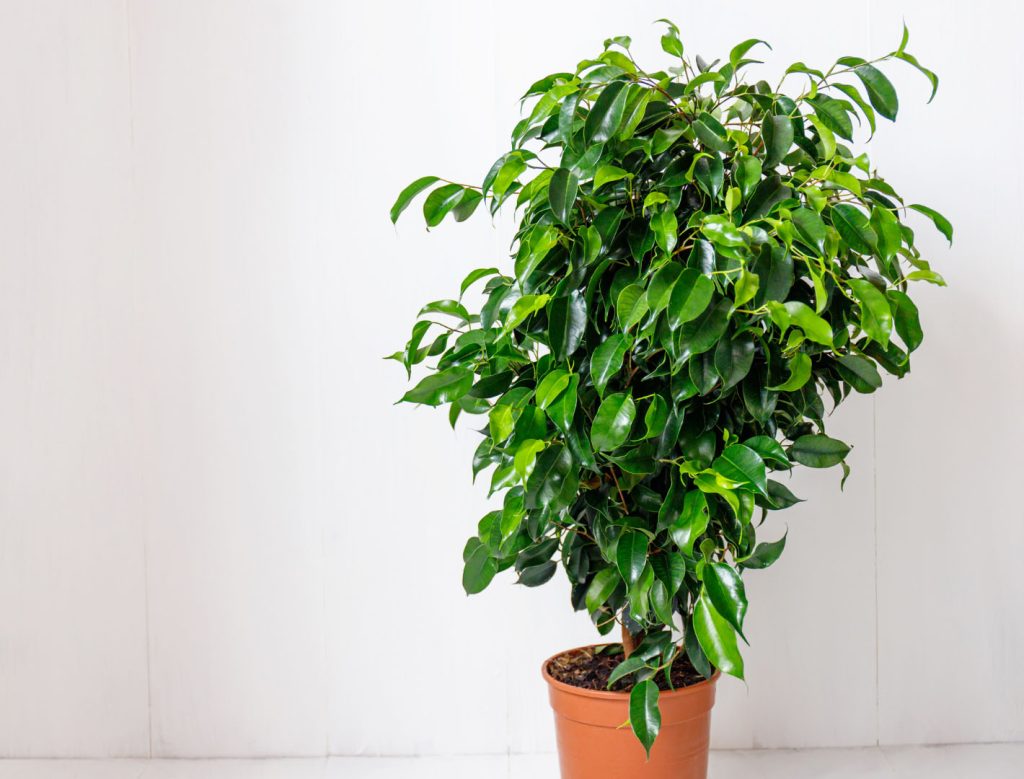Weeping Fig Tree : Symbolism, Care & Growing Tips
Why Grow the Weeping Fig Tree?
- Elegant and versatile—suitable for indoor décor or outdoor landscaping.
- Air-purifying qualities, removing toxins like formaldehyde and benzene.
- A symbol of peace, prosperity, and endurance in many cultures.
- Shade provider when grown outdoors in Kenyan gardens.
- Easy to shape and prune into ornamental forms or indoor bonsai.
Cultural and Historical Significance
- India & Southeast Asia: The Weeping Fig is sacred in Hinduism and Buddhism, symbolizing wisdom, longevity, and spiritual connection. It is often planted near temples and sacred spaces.
- China: Considered a plant of prosperity and harmony, often kept indoors to balance energy according to Feng Shui principles.
- Africa: Valued as a shade tree and symbol of protection in households and communal spaces.
- Western Traditions: Popularized in Victorian conservatories and modern homes as a houseplant representing elegance and refinement.
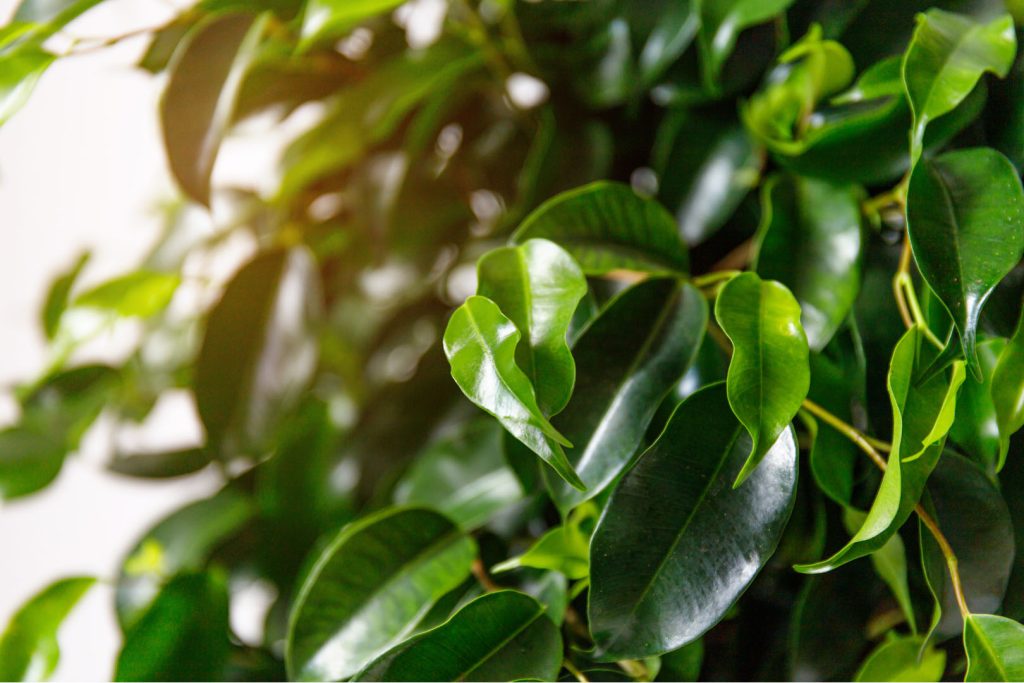
Ideal Growing Conditions in Kenya
- Light: Prefers bright, indirect light indoors; partial sunlight outdoors.
- Soil: Well-draining loamy soil enriched with organic matter.
- Watering: Water moderately, allowing the topsoil to dry between waterings.
- Temperature: Thrives in warm climates (18–30°C), avoid cold drafts.
- Regions: Suitable for Nairobi, coastal regions, and other warm Kenyan areas.
How to Plant It
- Select a healthy sapling from a nursery or Planters.co.ke.
- Dig a hole twice as wide as the root ball.
- Mix compost or organic matter into the soil for better root development.
- Place the tree, backfill with soil, and water thoroughly.
- Mulch around the base to retain moisture and suppress weeds.
Care Tips
- Rotate potted trees occasionally for even growth.
- Prune to maintain shape and remove weak branches.
- Fertilize monthly with a balanced liquid fertilizer during the growing season.
- Repot indoor plants every 2–3 years to prevent root binding.
Pests & Diseases
- Common pests: Scale insects, mealybugs, and spider mites.
- Diseases: Root rot from overwatering and leaf drop from stress.
- Solutions: Neem oil or insecticidal soap for pests, and proper watering practices for disease prevention.
Pet Safety
The Weeping Fig is toxic to cats and dogs if ingested, causing irritation and stomach upset. Place it out of reach in pet-friendly households.
Growing in Containers
Indoors, the Weeping Fig makes an excellent potted plant. Choose a large container with drainage holes, and use a high-quality potting mix. It thrives in verandas, balconies, and living rooms where light is sufficient. For small spaces, dwarf varieties or bonsai training are perfect options.
Where to Buy in Kenya
Find healthy Weeping Fig trees at Planters.co.ke, your trusted source for plants, pots, and gardening essentials in Kenya. We deliver quality greenery for homes, offices, and gardens across the country.
Final Thoughts
The Weeping Fig is more than a decorative tree—it is a plant rich in history, symbolism, and natural elegance. Whether you want to purify your indoor air, create a shady retreat in your garden, or bring prosperity and peace into your space, this tree is an enduring choice. Add one to your collection and let its graceful beauty transform your environment.

